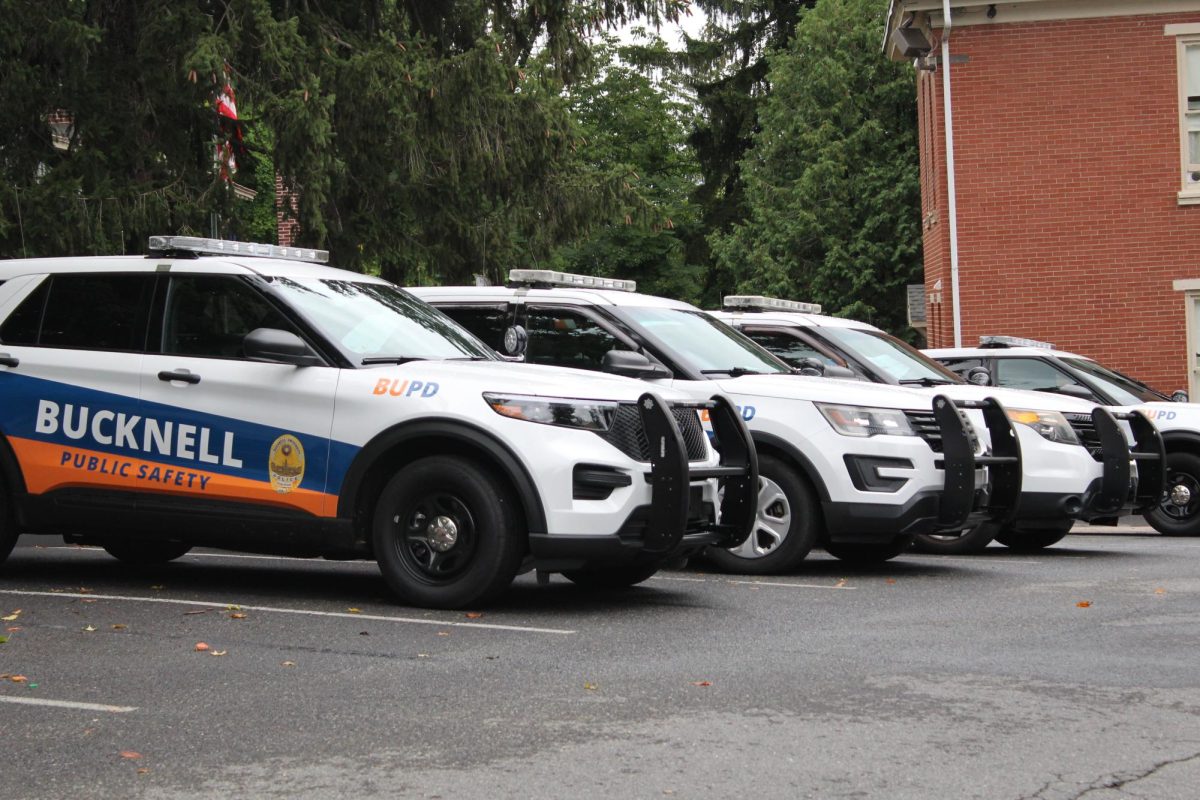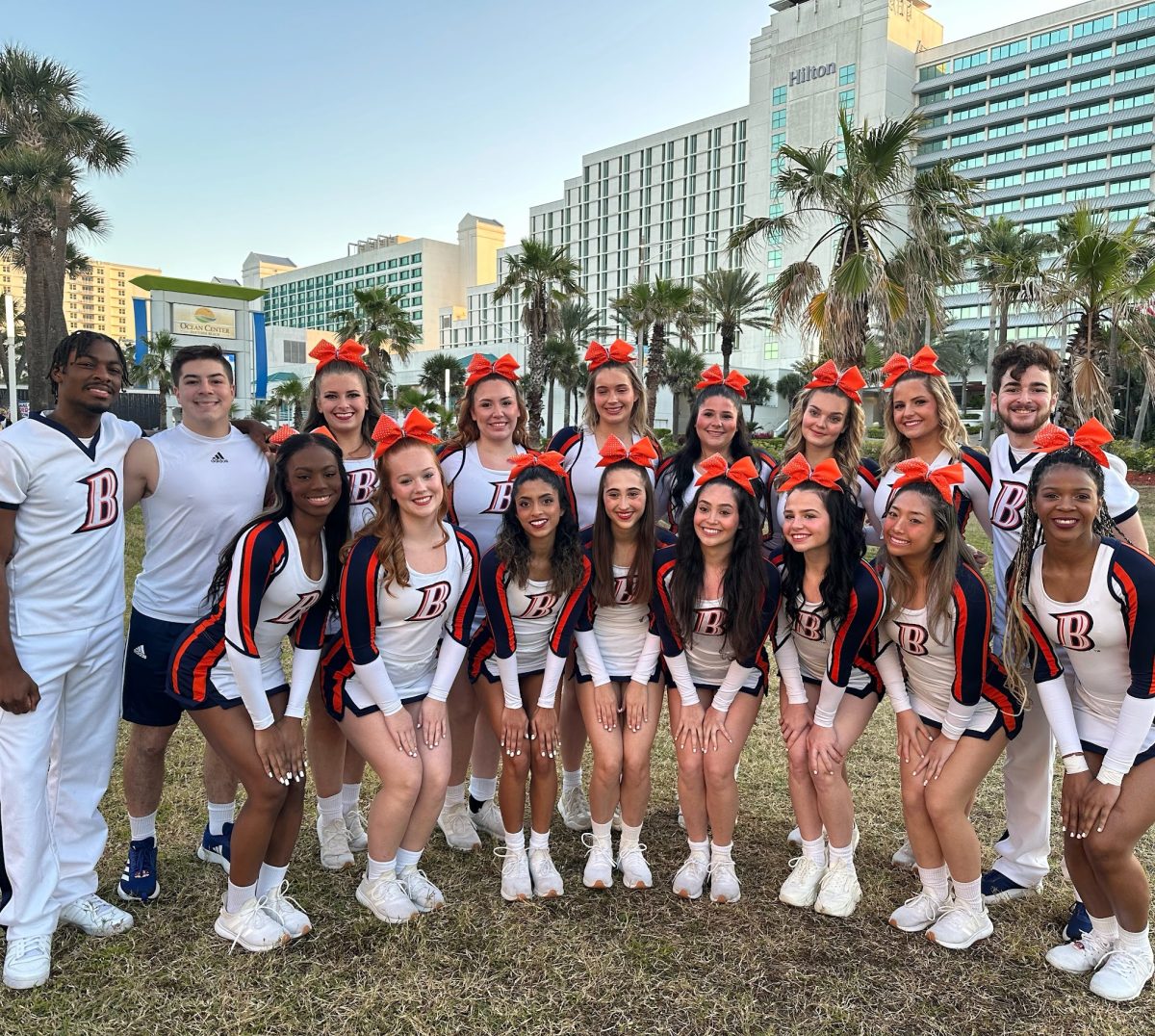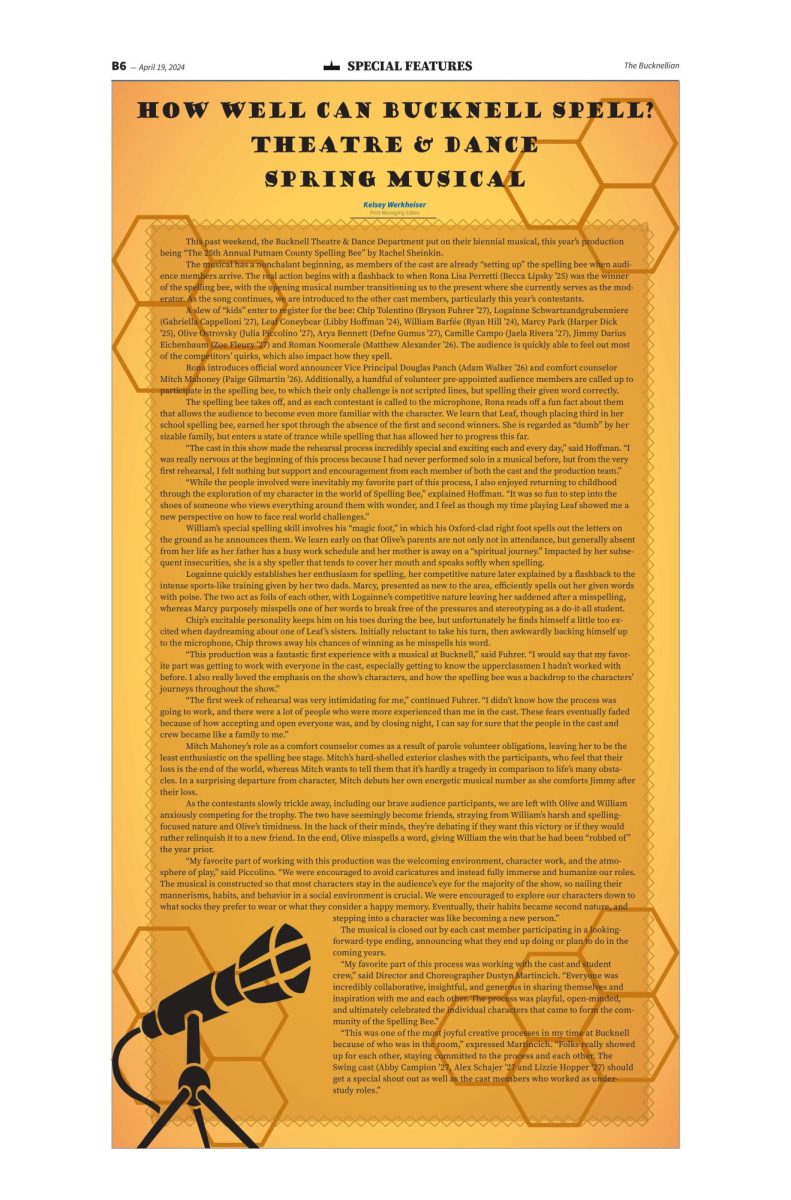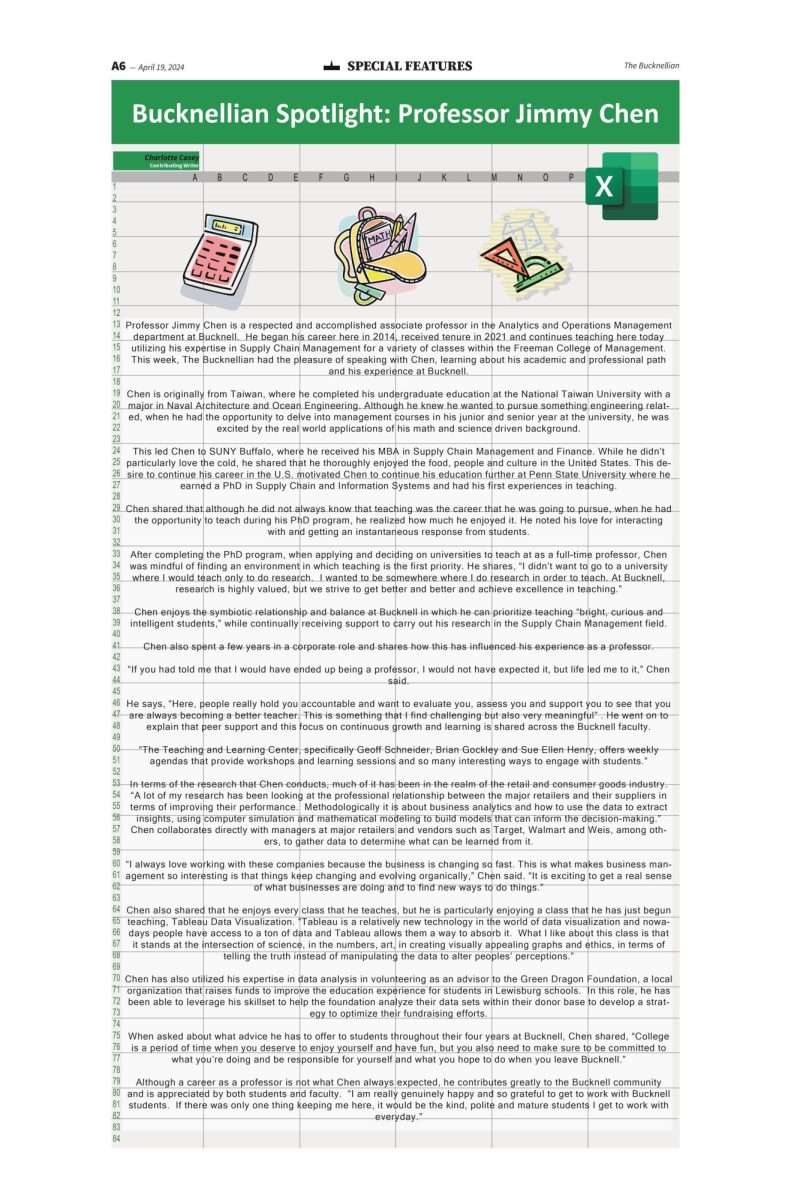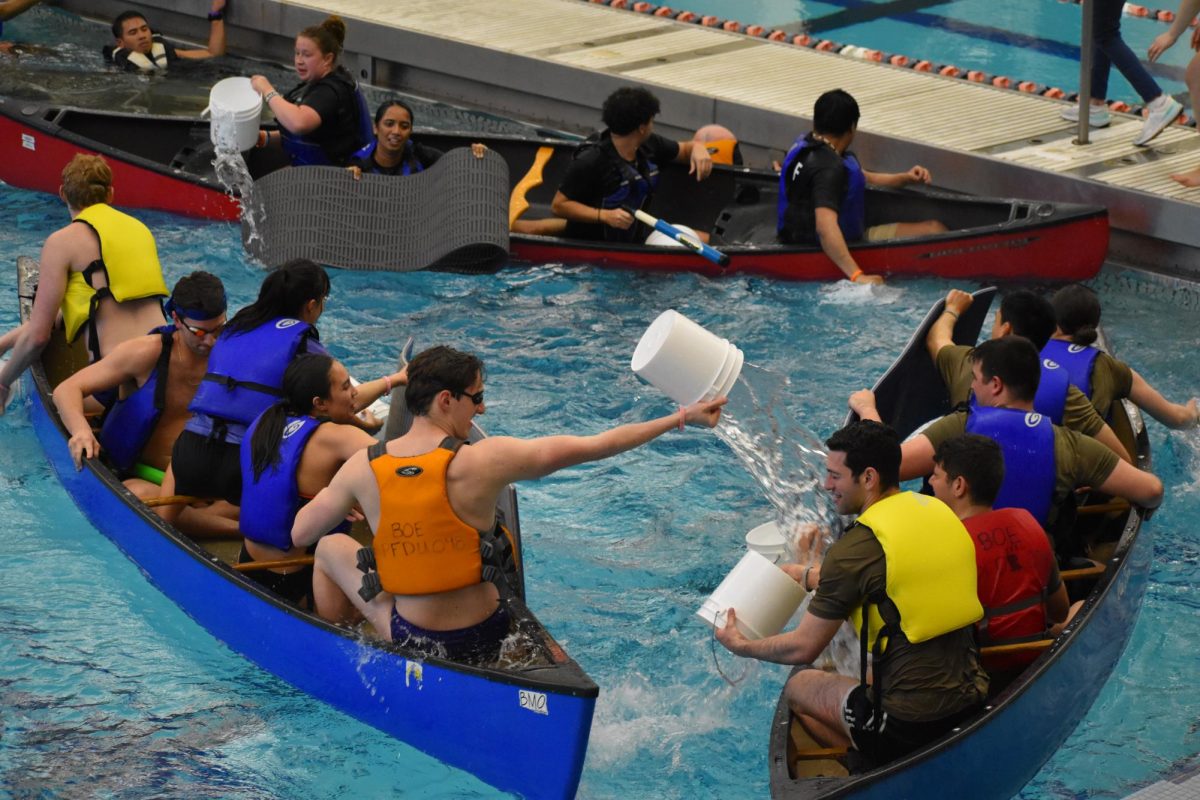Bucknell Institute for Public Policy (BIPP): One small step closer to space tourism
April 14, 2016
Heads up, boys and girls: long after your death, your grandchildren might get to float about aimlessly in an inflatable hotel as it orbits our lovely blue marble. Newfound success in commercial rocket missions offers a promising future among the stars for future generations.
After a series of unsuccessful launches and reentries, the SpaceX corporation has finally succeeded in safely landing an unmanned Falcon 9 rocket after a trip to the International Space Station (ISS). The rocket, which costs over $60 million to construct and operate, just delivered its largest payload yet: 7,000 pounds of cargo and an inflatable habitat attachment designed by Bigelow Aerospace. These aren’t the inflatable bounce castles you might find at a carnival; these are constructed from Kevlar-like material, ideally durable enough to withstand solar radiation and debris fields. Despite weighing one and a half tons, the space will offer 565 cubic feet of room. On April 8, the Falcon 9 booster rocket returned to a drone ship landing zone in the Atlantic Ocean.
SpaceX founder Elon Musk claims that the very same rocket could be available for reuse as soon as May or June, though he hopes his recyclable rockets will eventually be capable of re-launching in mere weeks. Ten successful test fires on land qualify a ship for another launch, and Musk is confident that with some minor adjustments, a single booster could last for 100 launches. This is a far cry from the early days of the first single engine Falcon rocket, which failed three launches between 2006 and 2008 and nearly made the company bankrupt. The fourth launch was successful and resulted in NASA awarding a $1.6 billion contract to SpaceX for 12 cargo flights.
Thanks to the resounding success of these missions, Bigelow Aerospace is already planning to launch grander habitats that could function as research sites or even hotels. The materials used in these structures are lighter and more easily compacted in comparison to the heavy metal shells used in most space stations. Bigelow Aerospace believes that certain inflatables could be rigged to land on hard surfaces, introducing the ambitious possibility of lunar bases. Bigelow Aerospace also announced their partnership with the United Launch Alliance (ULA), a joint venture between defense contractors Lockheed Martin and Boeing founded in 2006. ULA is devoted to delivering these inflatable habitats to the ionosphere in the year 2020. This technology was originally developed by NASA, but congressional restraints forced them to drop the program. Bigelow Aerospace bought the rights to the material and has invested nearly $300 million into advancing its research.
In 2013, Richard Branson’s company Virgin Galactic quoted the future cost of a 2.5 hour commercial space flight at no more than $250,000. That’s roughly the cost of four years of University tuition.
Maybe you’re like me. Maybe you’re sitting here on Earth, doing homework and bitterly imagining all of the millionaires that will soon get to enjoy weightlessness in the final frontier. Fear not, fellow wannabe cosmonaut, all things will trickle down in time. There’s a good chance we’ll get to see the dark side of the moon after all.

